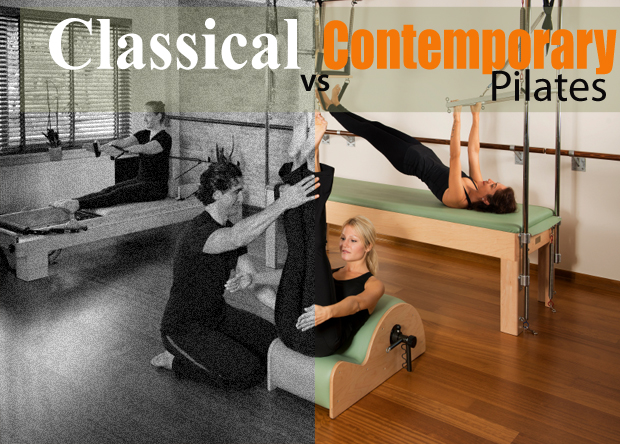
A Pilates teacher’s journey – the lowdown on Pilates teacher training
As an official host centre for STOTT PILATES®, we do get many enquiries about our teacher training courses and we’ve realised that while many are interested in pursuing a career as a Pilates teacher, few actually know what that entails or how to go about doing it and the options they have.
Pursuing a career in Pilates can be very rewarding – you get to work with many different people and assist them on their journey to wellness, enjoy flexible work hours, and of course a much healthier work environment. Renumeration is also extremely competitive and Pilates instructors are easily one of the most well paid in the fitness industry.

There are a few different schools for Pilates certification which can be broadly categorised into the classical or contemporary methods. Without going into too much detail, classical Pilates covers ONLY Joseph Pilates’ original work. This means his original exercises and the order in which they were performed never change- these exercises are gleaned from the Pilates Elders (those who studied directly under his tutelage), pictures, and side-by-side pictures converted to video. There are no variations (except for ADVANCED exercises and to move to other apparatus at the discretion of the instructor), modifications or stepping out of sequence.
Contemporary Pilates, on the other hand, is also based on the work of Joseph Pilates but has been modernized by adjusting the exercises to fit with modern research and has a heavy influence from physical therapy and bio-mechanics. Many exercises remain the same, but a whole new slew of exercises have been added, or variations have been added allowing for injury rehabilitation and creativity by the instructor.
Another factor to consider when doing your teacher training is the recognition and transferability of your certification. We are unable to speak for the other certification bodies but you can rest assured that STOTT PILATES®, having been established for more than 20 years, is recognised in more than 100 countries worldwide for its’ quality education!
Once you have decided on the method in which you want to be certified it, you will then have to undergo several hours of class (or supervised teaching as known in STOTT PILATES®), self-practice, practice teaching and observation hours. These hours vary from method to method and for the rest of this post we will be referencing STOTT PILATES® teacher training as it is the method we offer and know best!
For STOTT PILATES®, it is broken up into Level 1 and 2, mat, reformer, cadillac, chair and barrel, injuries and special populations – making that a total of 11 separate modules to undergo before you achieve full certification from STOTT PILATES®. While not necessary, most people will do cadillac, chair and barrel together. Prior to starting any of the modules, you will need to have basic anatomy and musculoskeletal physiology knowledge.
The beauty of STOTT PILATES® certification is its’ flexibility, i.e. you can do the mat this year, then reformer the next and cadillac, chair and barrel the following year to accomodate your schedule. Each module will require about 40-60 hrs (8-10 half days) at the studio with the instructor trainer, with self practice, practice teaching and observation hours being self directed after.
You will need to have completed Level 1 before doing the Level 2 modules. Thereafter, when you are ready, you will then take an exam, which comprises of a practical and theory component where you will need to score above 80% to achieve certification. While not necessary to do all the modules, it is highly recommended to minimally do the level 1 mat, reformer, cadillac, chair, barrel, injuries and special populations to be a competent instructor in a Pilates studio setting. However if you are looking to teach home classes or at a gym, the mat courses will suffice – which is another reason why we love STOTT PILATES® teacher training, because of its’ customisable and flexible training method for all fitness educators.
Apart from the Level 1 and 2 modules which cover the basic repertoire of the equipments, there are also workshops, such as ZEN•GA™, pre and post natal, athletic conditioning to name just a few, which are updated yearly to reflect the newest findings in exercise science. To maintain their certification, instructors will have to do workshops where they will receive continuing education credits.
And there you have it! While it may be a long process which requires discipline, hardwork and self directed learning, it also ensures that every trained STOTT PILATES® instructor is of a high calibre equipped to teach everyone!
Share — Facebook Twitter
 WHATSAPP
WHATSAPP


